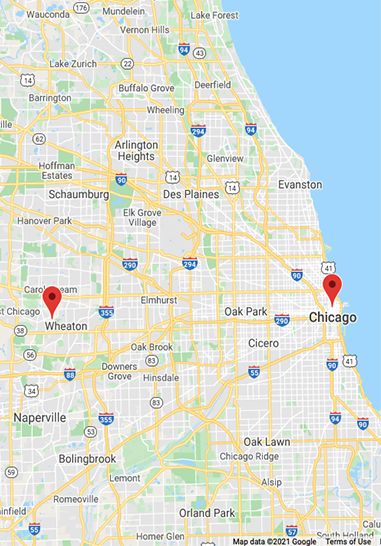Business Law Alert - Paycheck Protection Program Update
06.23.20
Jerry Holisky
Timothy R. Nelson
Mark D. Anderson
David A. Johnson Jr.
Mitchell J. Melamed
Douglas C. Murray
Ned S. Robertson
Bernard A. Schlifke
Steven M. Scholl
Robert N. Sodikoff
On June 19, 2020, the Small Business Administration (SBA) issued additional guidance in its revisions to the Third and Sixth Interim Final Rules governing the Paycheck Protection Program (PPP). In our June 8th Client Alert, we covered the Paycheck Protection Program Flexibility Act, which provides greater flexibility on the use of PPP funds, including: (1) extension of the eight-week Covered Period to a 24-week period, (2) relief from the 75/25 rule relating to use of PPP funds for non-payroll costs, (3) extension of time to rehire FTEs, (4) addition of two safe harbors relating to the inability to rehire or restore FTEs, (5) extension of the loan repayment period to five years, and (6) inclusion of an option to defer payment of certain payroll taxes. The SBA’s June 19th publication clarifies certain aspects of the PPP Flexibility Act.
Duration of Covered Period
The Covered Period is automatically set at 24 weeks for Borrowers who secure loans on or after June 5, 2020. Borrowers who received PPP loans before June 5, 2020, may elect to use either the original eight-week period or a 24-week period. The Covered Period must end no later than December 31, 2020.
Maximum Payroll Costs Per Individual
Maximum Payroll Costs Per Employee:
-
Borrowers who use a 24-week Covered Period will be able to use up to a maximum of $46,154 for payroll costs per employee during the 24 weeks.
-
Borrowers who use an eight-week Covered Period will be able to use up to a maximum of $15,385 for payroll costs per employee during the eight weeks.
-
In addition to the cash compensation above, PPP funds may also be used for covered benefits (such as health care expenses, retirement contributions and state taxes imposed on the employee payroll paid by the employer).
Maximum Payroll Costs Per Owner-Employee (including owners of S-Corporations, self-employed individuals and general partners):
-
Borrowers who use a 24-week Covered Period will be able to use up to the lesser of 2.5/12 of the 2019 applicable compensation or $20,833.
-
Borrowers who use an eight-week Covered Period will be able to use up to the lesser of 8/52 of the 2019 applicable compensation or $15,385.
-
Amounts used for owner-employee health insurance or retirement contributions for self-employed individuals and general partners are not eligible for forgiveness.
60/40 Rule and Reductions in Forgiveness
The SBA softened the forgiveness eligibility requirement that 60 percent of the loan must be used for qualified payroll costs. The 60 percent threshold now functions as a limitation on forgiveness, rather than a cliff that, if not met, would result in no forgiveness. If less than 60 percent of the loan proceeds were not used for qualified payroll costs, the forgiveness amount will be reduced.
Forgiveness Applications
Treasury officials have indicated that borrowers can apply for forgiveness after the PPP funds are used and do not need to wait until the end of the Covered Period. We expect future official SBA guidance to address this issue.
The SBA issued a revised PPP loan forgiveness application, Form 3508 and instructions, as well as a shorter and simplified Form 3508EZ and instructions for certain borrowers that satisfy one of the following requirements:
-
The Borrower is a self-employed individual or independent contractor with no employees; or
-
The Borrower did not reduce the salaries or wages of their employees by more than 25 percent, and did not reduce the number of employees or the average paid hours of their employees; or
-
The Borrower did not reduce the annual salary or hourly wages of any employee by more than 25 percent and the Borrower was unable to operate at the same level of business activity due to health directives related to COVID-19.
If you have any questions about this Alert, or if you would like legal assistance in light of the COVID-19 pandemic, please contact one of the attorneys listed on Page One of this Alert or the Aronberg Goldgehn attorney with whom you work.
CLICK HERE to view a PDF copy of this Alert.
The above material is intended for general information and promotional purposes, and should not be relied on or construed as professional advice. Under the Illinois Rules of Professional Conduct, the above information may be considered advertising material. The transmission of this information is not intended to create, and receipt of it does not create, a lawyer -client relationship.



